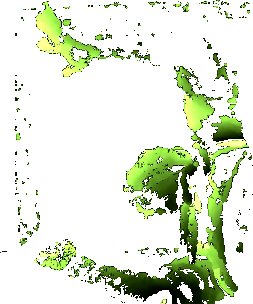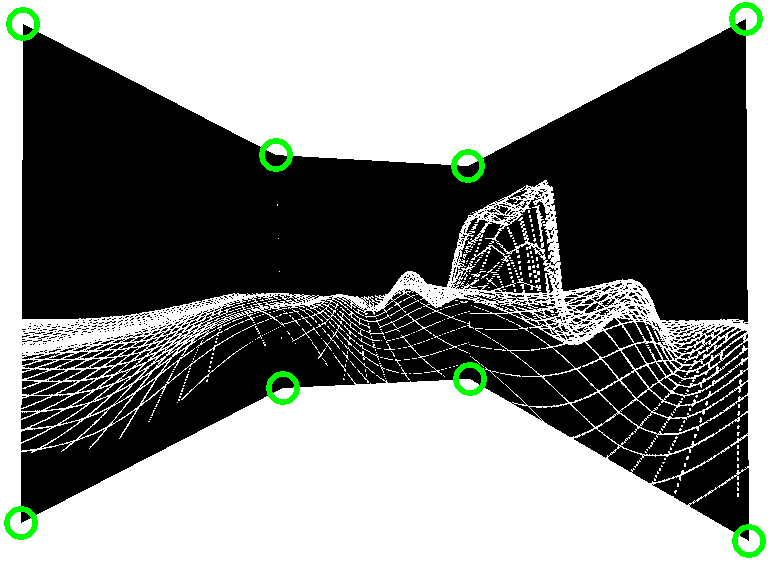Video
Description
in caelum is an immersive media installation that features a panoramic projection environment with ambisonic sound. It is based around a 360degree panoramic-video- camera system and data from satellites, transmitted in realtime to control the installation.
The installation is inspired by the fact, that a lot of our daily communication is handled via satellites, which are invisible and mostly unnoticed in the sky above us. In fact, there are around 3.500 active satellites orbiting the earth, which seems quite a lot. “in caelum” observes the sky above us and visualizes and brings them to live acoustically.
The idea for in caelum was born while researching about satellites on the occasion of the celebration of the 50th anniversary of Juri Gagarins flight in space. It became obvious, that the number of artificial objects constantly orbiting earth is much higher then one would assume. Furthermore, they seemed to be somehow intangible not just due to the large number. Since satellites are “out of sight, not readily noticed and far from centers of the human population” they qualify as a “relatively obscure object” (Nora Parks, 2007). In total there are around 13000 objects orbiting around us in space, whereas just around 3500 are actually active and functioning satellites, that are following different purposes, like broadcasting, weather- monitoring, navigation, intelligence and much more. The other 73% is just so called “debris”, space junk, made of non functioning, old, out-of-service satellites.
in caelum focusses on the active 3500 satellites and tries to make these more tangible by finding ways to visualize them in relation to ones current position on earth and by creating sonifications based on realtime positional data from the satellites.
To create a strong relation between the visitor and the shown material, the basis for the projection is panoramic video-material streamed in realtime from a 360degree camera. The camera itself is mounted on the rooftop of the building, giving an all-around view on the horizon from the place where the installation is set up. The panoramic content is projected on an immersive projection-screen which is build around the visitors. This enables everyone to experience an widespread view in a more natural way, since our abilities allows to gather visual information with an angle of almost 180 degree.
On top of the panoramic video, satellites are visualized according to their exact position on the sky above and around the camera. The data to determine the satellite ́s position is collected in realtime from a server which is fed directly from the NORAD. Additionally, the data is used to generate sonifications that will create an acoustic soundsphere to accompany the visualisation. This soundsphere is rendered as ambisonics to extend the idea of the panoramic screen towards an overall immersive expierence.
The technology used to realise the installation is focused to be low budget. All software used is open source and the 360degree camera is a DIY solution as well. The projection technology to create panoramic video and to map video for immersive screen-arrangments builds upon the Extended View Toolkit, which is based on the programming environment Pure Data. The script for the server to collect the satellite-data is developed by Jogi Hofmueller for the mur.sat project.

















